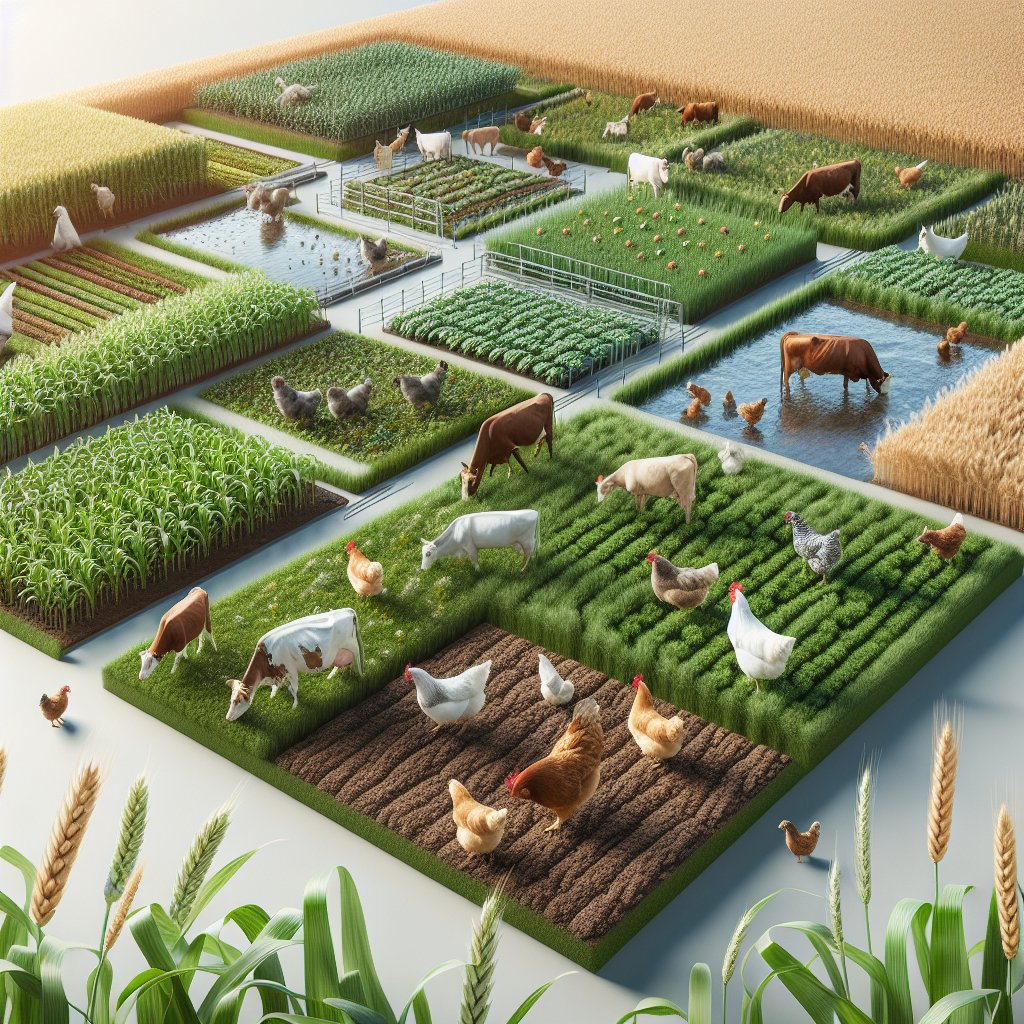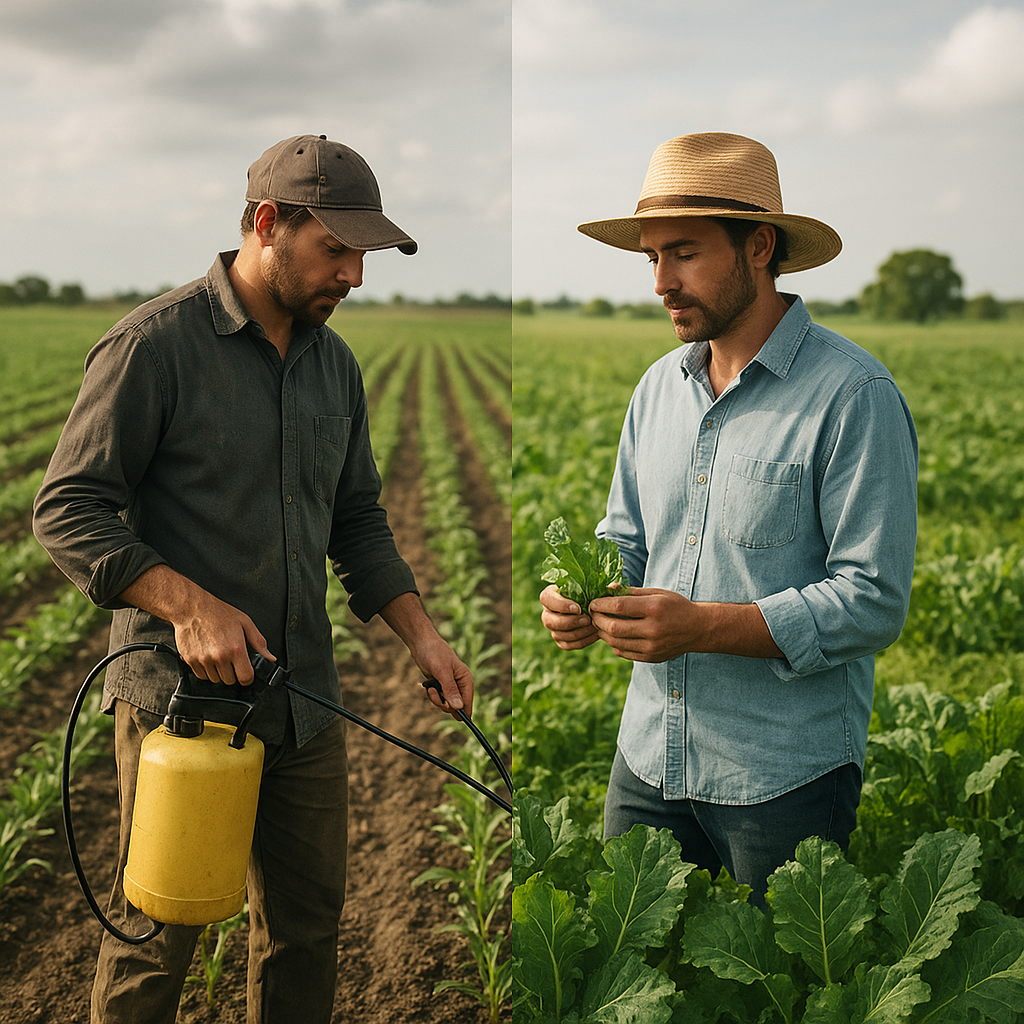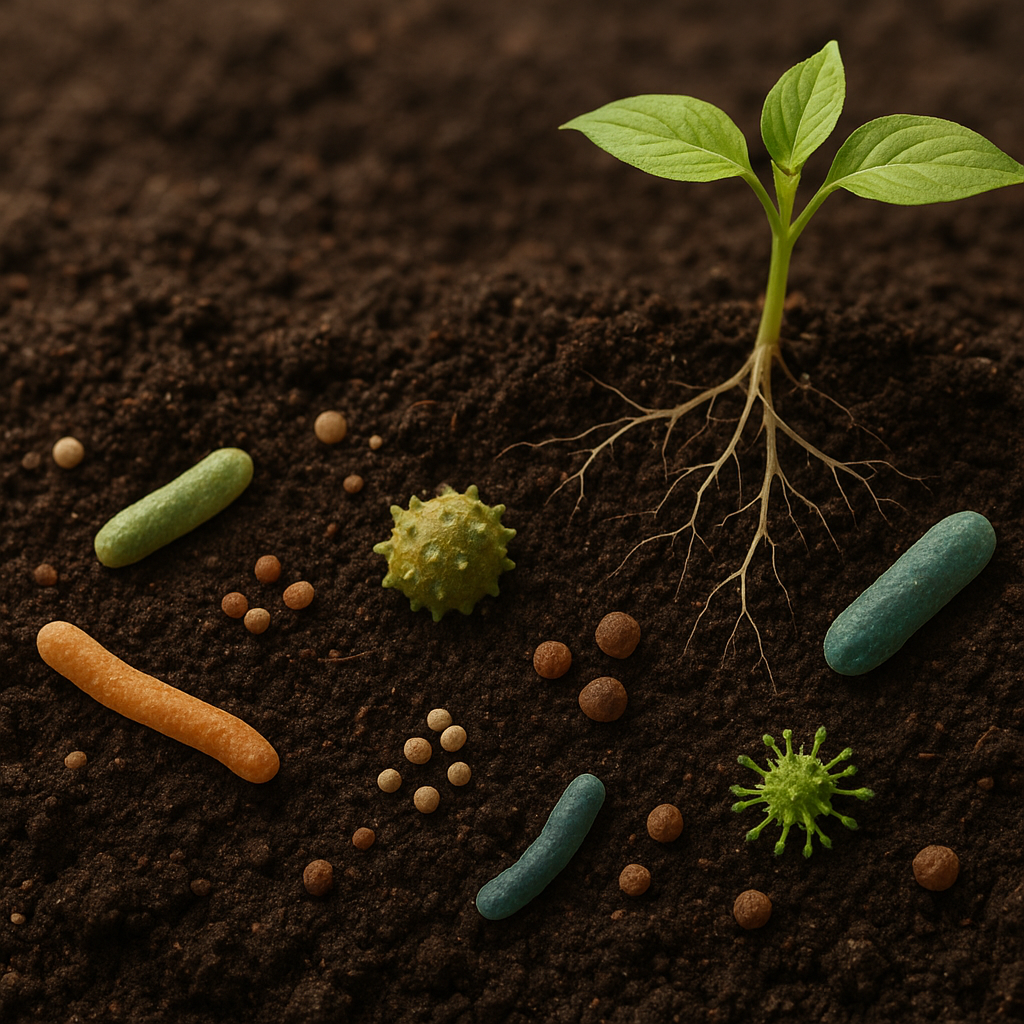Mixed farming systems offer a unique approach to agricultural productivity, combining crop cultivation and livestock rearing in a synergistic manner. This method not only enhances the efficiency of resource use but also contributes to sustainability and resilience in farming practices. As the global population continues to grow, the demand for food increases, making it essential to explore innovative farming techniques that can meet these challenges. This article delves into the benefits of mixed farming systems, highlighting their impact on productivity, environmental sustainability, and economic viability.
Understanding Mixed Farming Systems
Mixed farming systems are characterized by the integration of crops and livestock on the same farm. This approach allows farmers to diversify their production, reduce risks, and optimize the use of available resources. By combining different agricultural practices, mixed farming systems can create a more balanced ecosystem that supports both plant and animal life.
Components of Mixed Farming
Mixed farming systems typically include a variety of components, such as:
- Crops: Farmers grow a range of crops, including cereals, legumes, and vegetables, which can provide food for both humans and livestock.
- Livestock: Animals such as cattle, sheep, goats, and poultry are raised for meat, milk, eggs, and other products.
- Agroforestry: The integration of trees and shrubs into farming systems can enhance biodiversity and provide additional resources.
- Cover Crops: These are planted to protect and enrich the soil, improve water retention, and suppress weeds.
Benefits of Mixed Farming Systems
Mixed farming systems offer numerous advantages that contribute to increased productivity and sustainability. Some of the key benefits include:
- Diversification: By growing multiple crops and raising various livestock, farmers can reduce their dependence on a single source of income, thereby minimizing financial risks.
- Resource Efficiency: Mixed farming allows for better utilization of resources such as land, water, and nutrients. For example, livestock manure can be used as fertilizer for crops, while crop residues can serve as feed for animals.
- Soil Health: The integration of crops and livestock can improve soil structure and fertility. Crop rotation and cover cropping enhance soil organic matter, leading to healthier soils.
- Pest and Disease Management: A diverse farming system can help control pests and diseases naturally, reducing the need for chemical inputs.
- Climate Resilience: Mixed farming systems can be more resilient to climate change impacts, as they provide a buffer against extreme weather events and fluctuations in market prices.
Economic Viability of Mixed Farming Systems
The economic benefits of mixed farming systems are significant, particularly in rural areas where smallholder farmers operate. By diversifying their production, farmers can tap into multiple markets and create additional income streams. This section explores the economic advantages of mixed farming systems in greater detail.
Increased Income Opportunities
Mixed farming systems can lead to increased income opportunities for farmers. By producing both crops and livestock, farmers can sell a variety of products, catering to different market demands. For instance, a farmer who grows vegetables and raises chickens can sell fresh produce at local markets while also providing eggs and meat. This diversification can help stabilize income throughout the year, as different products may have varying peak seasons.
Cost Savings
In addition to generating multiple income streams, mixed farming systems can also lead to cost savings. By utilizing farm resources more efficiently, farmers can reduce their reliance on external inputs such as fertilizers and feed. For example, livestock can graze on crop residues, while manure can be used to fertilize fields, decreasing the need for purchased fertilizers. This not only lowers production costs but also enhances the overall sustainability of the farming operation.
Access to Credit and Financial Support
Farmers engaged in mixed farming systems may find it easier to access credit and financial support. Financial institutions often view diversified farming operations as less risky, making them more likely to provide loans and grants. Additionally, mixed farming systems can qualify for various agricultural subsidies and programs aimed at promoting sustainable practices, further enhancing their economic viability.
Environmental Sustainability of Mixed Farming Systems
In an era of increasing environmental concerns, mixed farming systems stand out as a sustainable agricultural practice. This section examines how these systems contribute to environmental health and biodiversity.
Soil Conservation and Fertility
Mixed farming systems promote soil conservation and fertility through various practices. Crop rotation, cover cropping, and the integration of livestock all contribute to maintaining healthy soils. By alternating crops and incorporating organic matter from livestock manure, farmers can enhance soil structure, improve water retention, and increase nutrient availability. Healthy soils are essential for sustainable agricultural productivity and can help mitigate the effects of erosion and degradation.
Biodiversity Enhancement
Mixed farming systems support biodiversity by creating a more varied habitat for plants and animals. The combination of crops, livestock, and agroforestry practices fosters a diverse ecosystem that can support beneficial insects, pollinators, and other wildlife. This biodiversity is crucial for maintaining ecological balance and resilience, as it can help control pests and diseases naturally.
Water Management
Effective water management is another benefit of mixed farming systems. By integrating crops and livestock, farmers can implement practices that enhance water retention and reduce runoff. For example, cover crops can improve soil structure and increase infiltration, while agroforestry can provide shade and reduce evaporation. These practices contribute to more sustainable water use, which is essential in regions facing water scarcity.
Challenges and Considerations
While mixed farming systems offer numerous benefits, they are not without challenges. Farmers must navigate various factors that can impact the success of their operations. This section discusses some of the key challenges and considerations associated with mixed farming systems.
Knowledge and Skills
Successful implementation of mixed farming systems requires a diverse set of knowledge and skills. Farmers must be proficient in both crop and livestock management, as well as understand the interactions between the two. This may necessitate additional training and education, which can be a barrier for some farmers, particularly in developing regions.
Resource Availability
The availability of resources such as land, water, and capital can also pose challenges for mixed farming systems. In some areas, competition for land and water resources may limit the ability of farmers to diversify their operations. Additionally, access to financial resources for investment in infrastructure and equipment can be a significant hurdle.
Market Access
Market access is another critical consideration for farmers engaged in mixed farming systems. While diversification can create multiple income streams, farmers must also ensure they have access to markets for their products. This may involve establishing relationships with buyers, participating in local markets, or utilizing digital platforms for sales. Without adequate market access, the potential benefits of mixed farming systems may not be fully realized.
Conclusion
Mixed farming systems present a promising approach to enhancing agricultural productivity while promoting sustainability and economic viability. By integrating crops and livestock, farmers can optimize resource use, improve soil health, and diversify their income sources. Despite the challenges associated with mixed farming, the benefits far outweigh the drawbacks, making it a viable option for farmers seeking to adapt to changing environmental and economic conditions. As the global demand for food continues to rise, embracing mixed farming systems may be key to achieving a more sustainable and resilient agricultural future.




